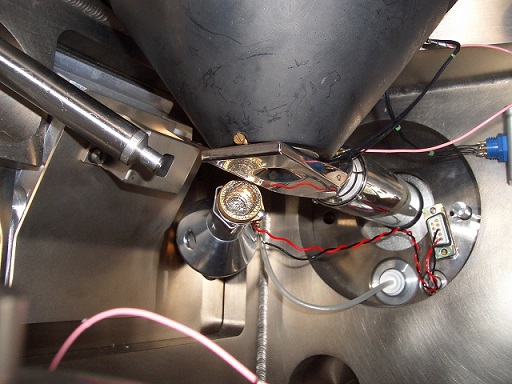Why industry needs to team up with researchers

Australia’s low levels of collaboration between industry and researchers have been much discussed.
Prime Minister Malcolm Turnbull’s ‘Innovation Statement’ will hopefully set initiatives in motion to improve this number but as businesses, we can’t and don’t need to wait for the Government to hold our hands.
Examples are a great way to inspire and motivate. They also provide concrete examples that show how businesses can collaborate with research institutions and see success.
The four below examples specifically highlight the growth of small to medium businesses, where the commercial results from the collaboration are easy to see and relate to. (I excluded collaboration with the big end of town, government and multi-nationals.) This tight focus made it surprisingly difficult to find examples so hopefully these are useful to you.
Puzzle Precision
Puzzle Precision is a manufacturer of electronic boards founded almost 17 years ago and based in Newcastle NSW. They have been working with the CSIRO for some time on the Australian SKA Pathfinder telescope (ASKAP), developing and producing major components and complicated electronic circuit boards.
Initially Puzzle Precision worked with CSIRO on a small number of boards and prototypes. This has now grown into fulfilling the CSIRO’s production requirements of thousands of units. The relationship and nature of the work also provides Puzzle Precision with a world-class case study and enhanced internal knowledge of mission critical, highly reliable electronics.
For a relatively small manufacturer based outside a major Australian capital, collaboration has clearly lead to an outstanding commercial outcome.
Frankston Concrete Products
Based in Melbourne’s southern suburbs, Frankston Concrete Products have been producing a wide range of concrete products since 1952. Their products are used in a variety of applications including storm water drainage systems, trade waste systems and access covers.
They worked with researchers from Swinburne to create a bushfire shelter. The shelter is competitively priced, takes about one month to build and, due to its compact size, can fit on a standard sized truck.
While the product does not appear to be in production yet, the collaboration has resulted in an accredited offering for the company that tackles the ever present threat of bush fire faced by many Australians.
Moira Mac’s
A family business founded in 1983 by Dean and Moira Russell in Bendigo, Moira Mac’s specialises in chicken and turkey products. Moira Mac’s was the first poultry manufacturer in Australia to be ISO 9001 quality accredited.
In an effort to develop products for healthier, preservative-free foods they teamed up with the CSIRO. This collaboration allowed Moira Mac’s to assess the safety of their existing and planned products as well as put together new concepts to commercialise.
The collaboration has helped the family business achieve things that would not have been possible without the expertise of the researchers involved.
A.W. Bell
A.W. Bell develops, prototypes and produces sophisticated components in a wide variety of metals. Founded in 1952 by Alan Bell, it is now managed by Alan’s son Geoff.
In 2010 A.W. Bell had an opportunity to enter a new export market and, in order to capitalise on the opportunity, they engaged the CSIRO. The CSIRO helped A.W. Bell improve their aluminium casting process.
The end result is that A.W. Bell is now the preferred supplier to the United States aerospace industry.
Scott Middleton is the CEO and founder of Terem Technologies, an Australian company that specialises in developing custom software and technology solutions for corporate innovations and high-tech ventures.


